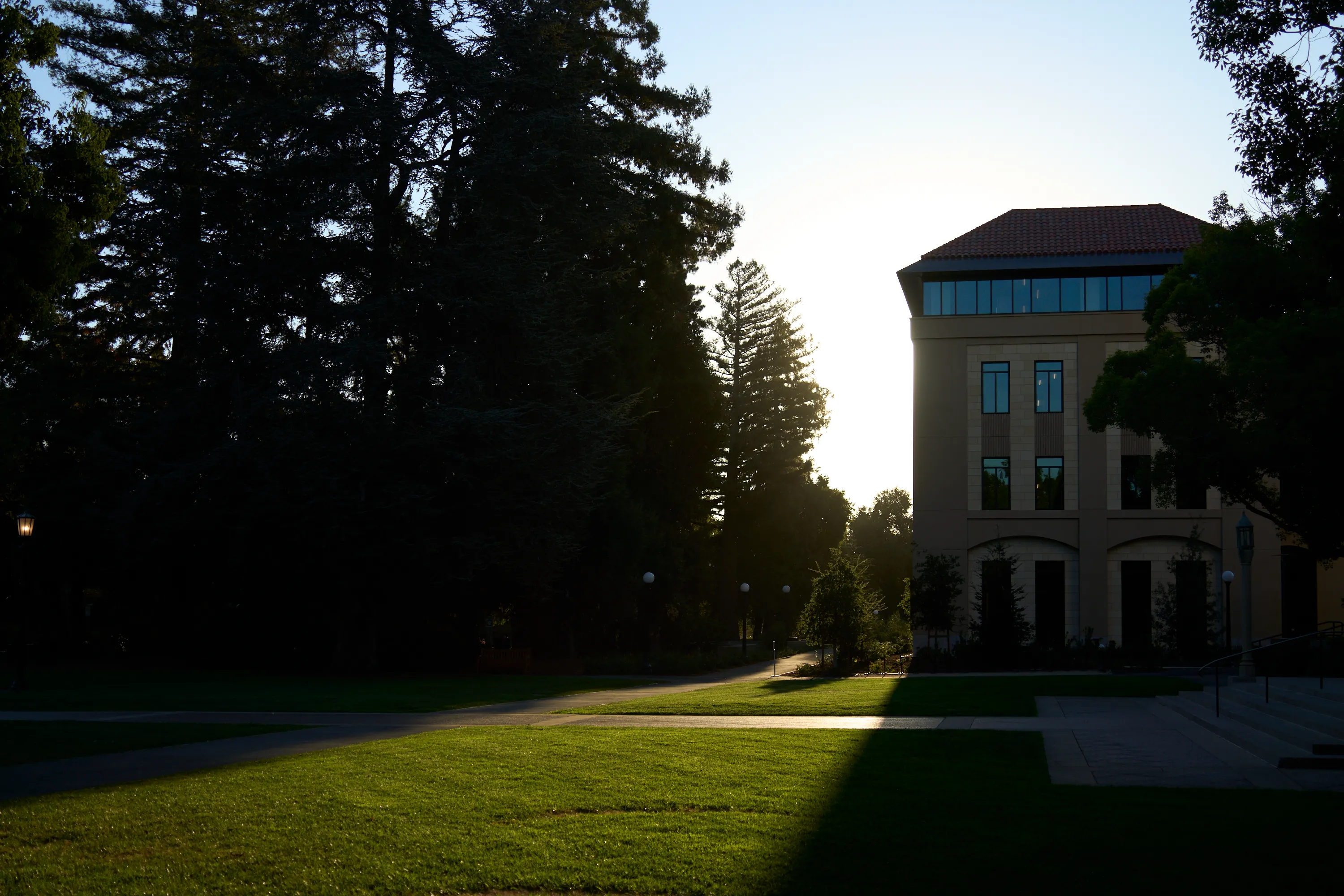Stanford in the intersection.
These four words seek to characterize the work of the Arborist. Operating as an independent student magazine, we aim to provide a space to publish work that exists outside of traditional disciplinary boundaries, or that otherwise would never see the light of day.
The Arborist exists as a playground for interactives, the aesthetic, and all other Stanford writing. We are a space for the essay you’re particularly proud of, the interest you want to pursue, the curiosity you spotted in the corner of the dining hall.
Because the Arborist operates independently from the university, we remain editorially independent. The Arborist remains committed to balanced, in-depth coverage of the Stanford campus.
Ethics
The Arborist abides by the Code of ethics of the Society of Professional Journalists, a set of foundational principles that guide journalists in their reporting.
Members of the Society of Professional Journalists believe that public enlightenment is the forerunner of justice and the foundation of democracy. Ethical journalism strives to ensure the free exchange of information that is accurate, fair and thorough. An ethical journalist acts with integrity.
Excerpt from the Preamble of the SPJ Code of Ethics
In accordance with these principles, the Arborist will take care to ensure the accuracy of the data we publish, specifically in the context of investigative coverage and surveys of the student body.
AI Policy
We do not use generative artificial intelligence for any reporting, unless otherwise specified clearly within the article. While AI may assist in data-analysis or code development, it will never write article content, or generate images, for the magazine.
Contribute
The Arborist welcomes student contributions. Learn more about the process of proposing an article on our join page.
Our editorial guidelines are inspired by The New York Times, The Stanford Daily, and Summit Magazine.
